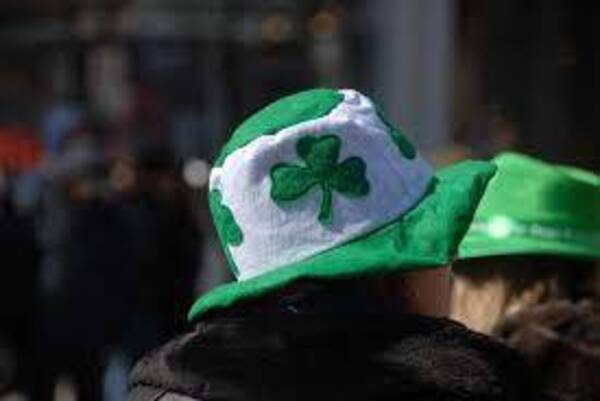The Origin of Saint Patrick’s Day

Saint Patrick’s Day has more of a purpose than an excuse for getting drunk.
In 1631, a feast honoring Saint Patrick was held in Ireland, marking a new holiday in history. St. Patrick was born as Maewyn Succat but changed his name to Patricius after he became a priest.
Surprisingly, Saint Patrick is classified as a Roman citizen since Britain was under Roman rule during his time. He was then enslaved and taken to Ireland to which where he was released or escaped. After that, he became a priest and converted the Druid culture into the Christians.
In the year of the Irish Rebellion, (1798) green was associated with St. Patty’s Day. Before that, the color was blue because it was associated with the royal court and ancient Irish flags. During the Rebellion, the British wore red and in response the Irish wore green and sang “The Wearing of the Green.” Irish Americans also started the tradition by wearing green because it “made them invisible to the leprechauns.” Legend has it that they will pinch you if you’re not wearing green.
Later traditions of St. Patrick’s Day include the common shamrock and green beer. In the late 20th century, Ireland repealed its law of keeping everything shut down causing a line for pubs. A marketing push from Budweiser in the 1980’s was also a big factor for the new tradition of downing beer in honor of St. Patrick.

Hi, my name is Sarah Thomson, and I am a senior this year at Hidden Valley. This is my fourth year in Journalism, and I’m very excited to continue my...









